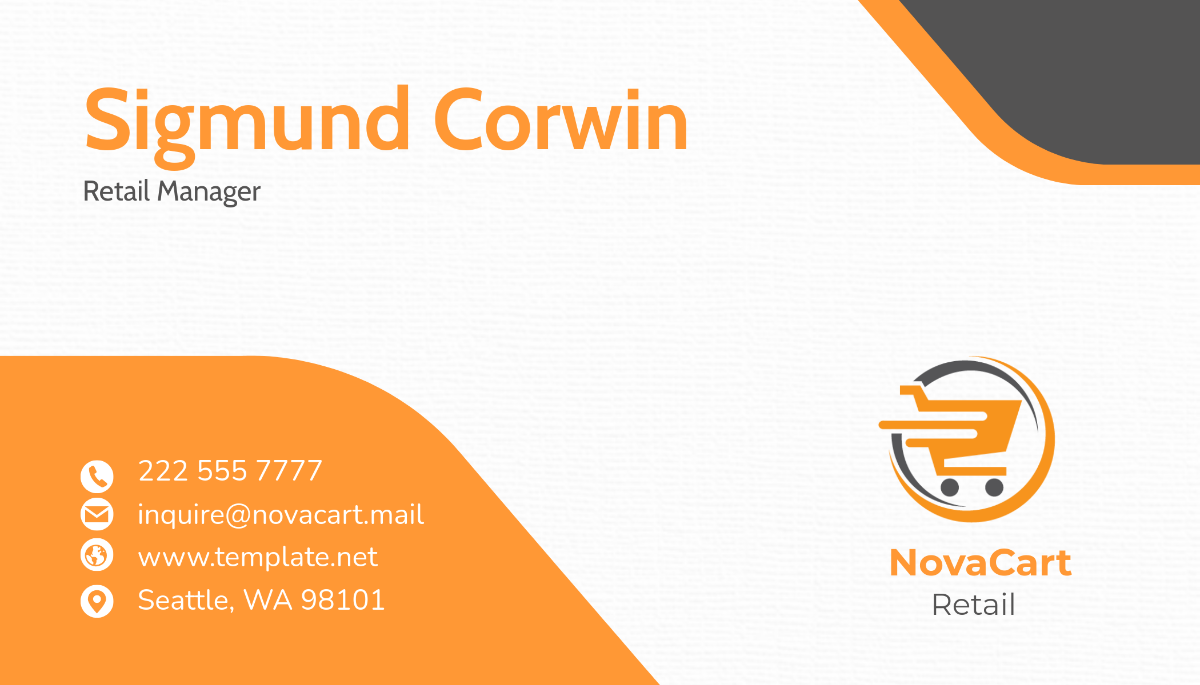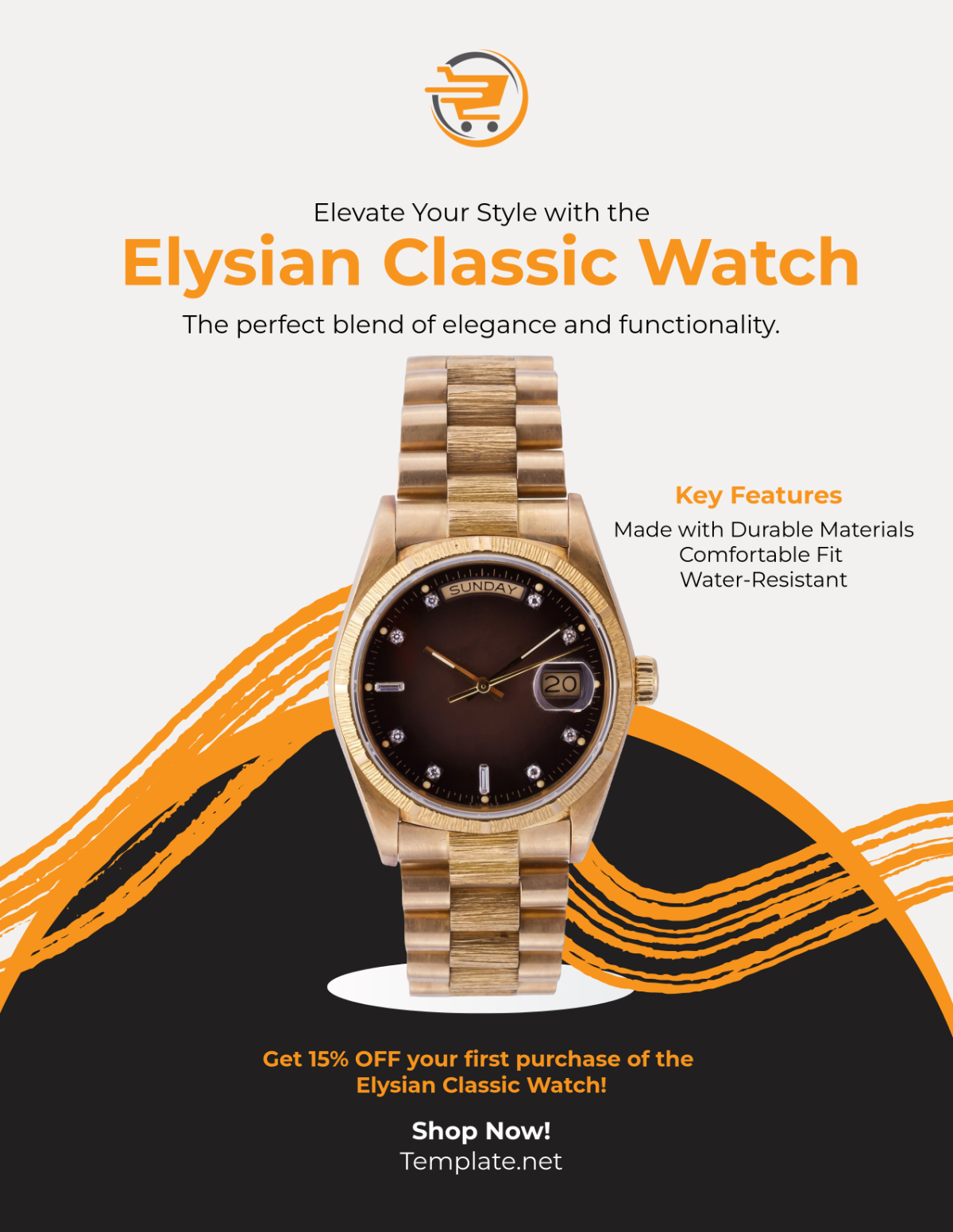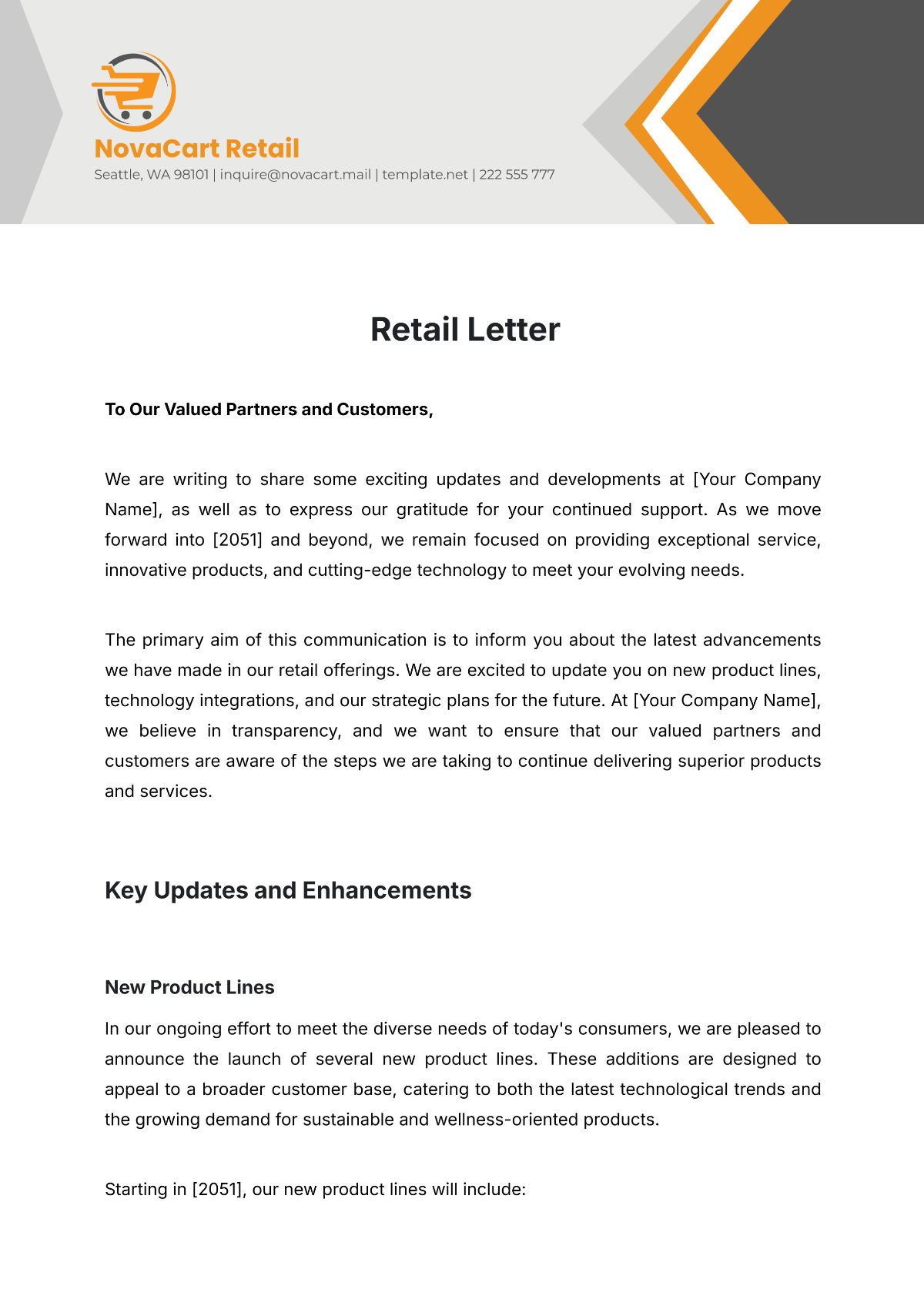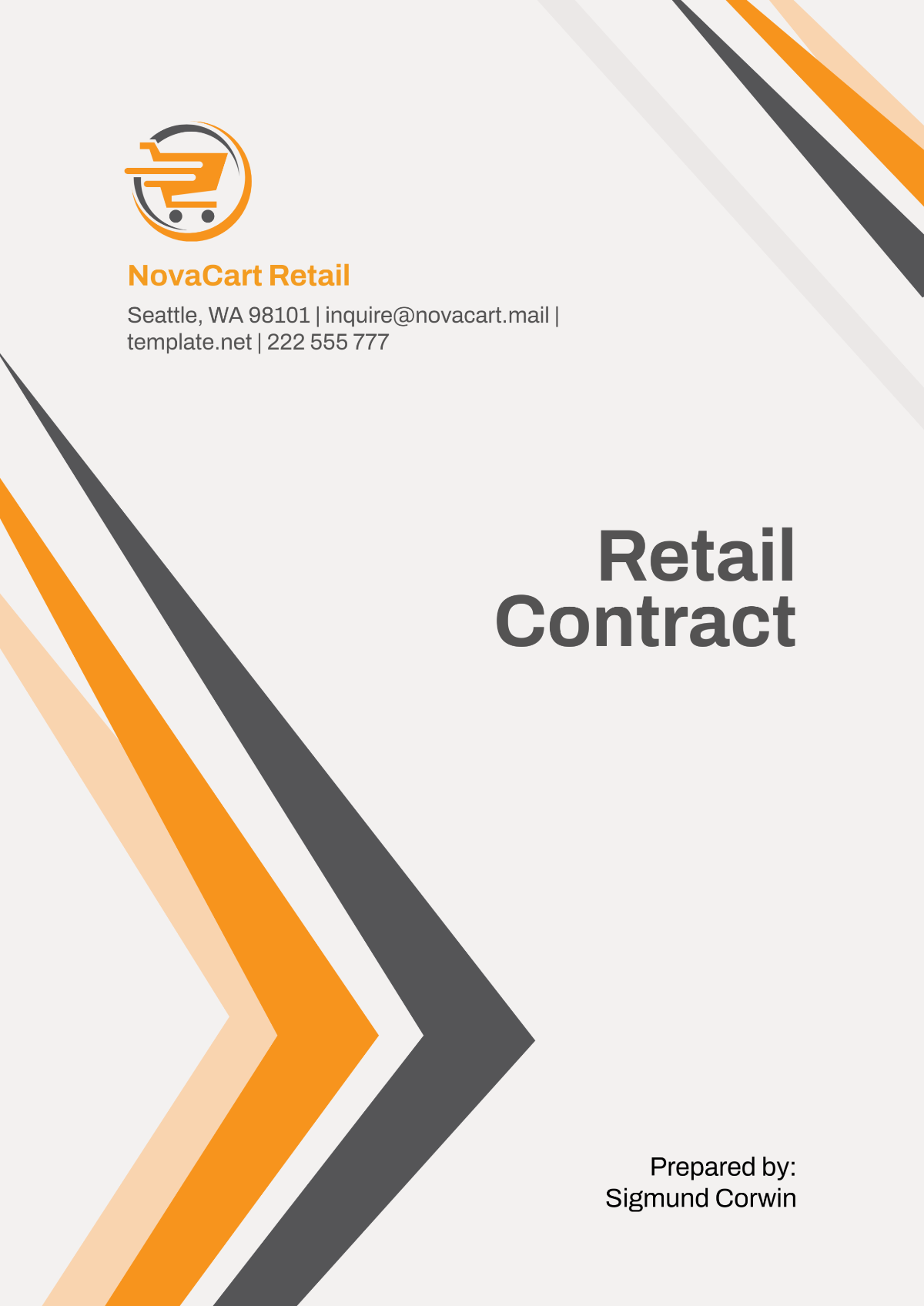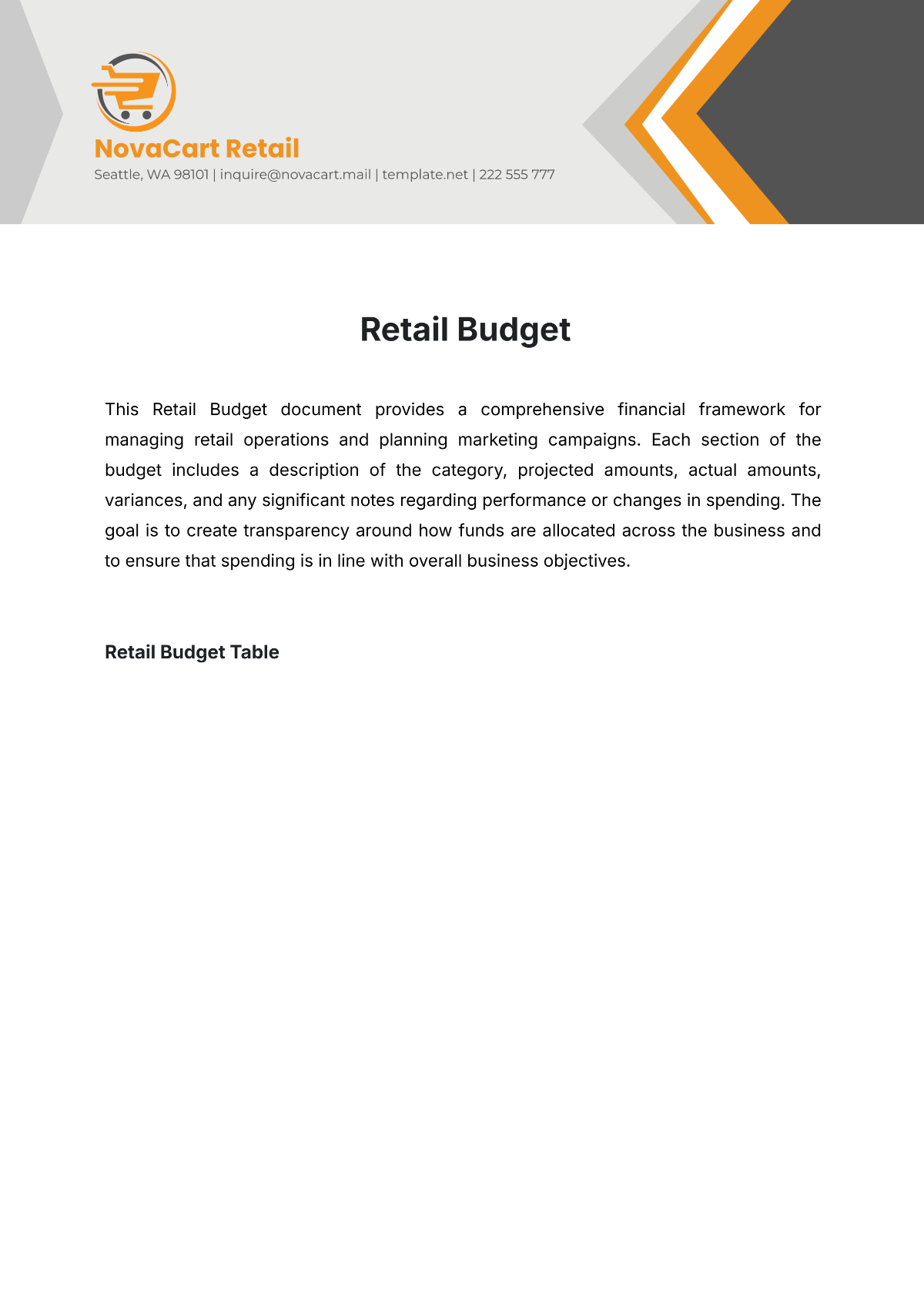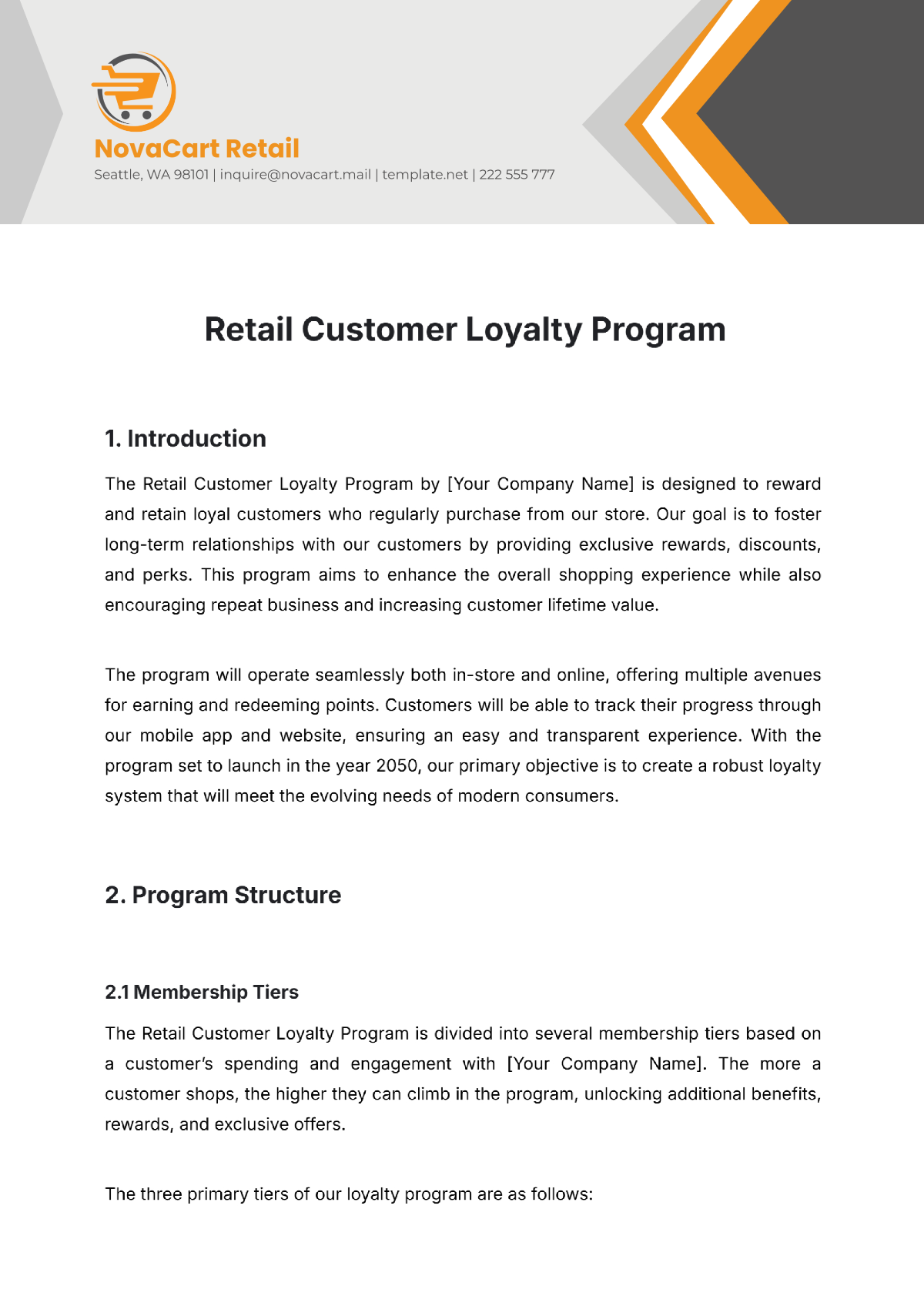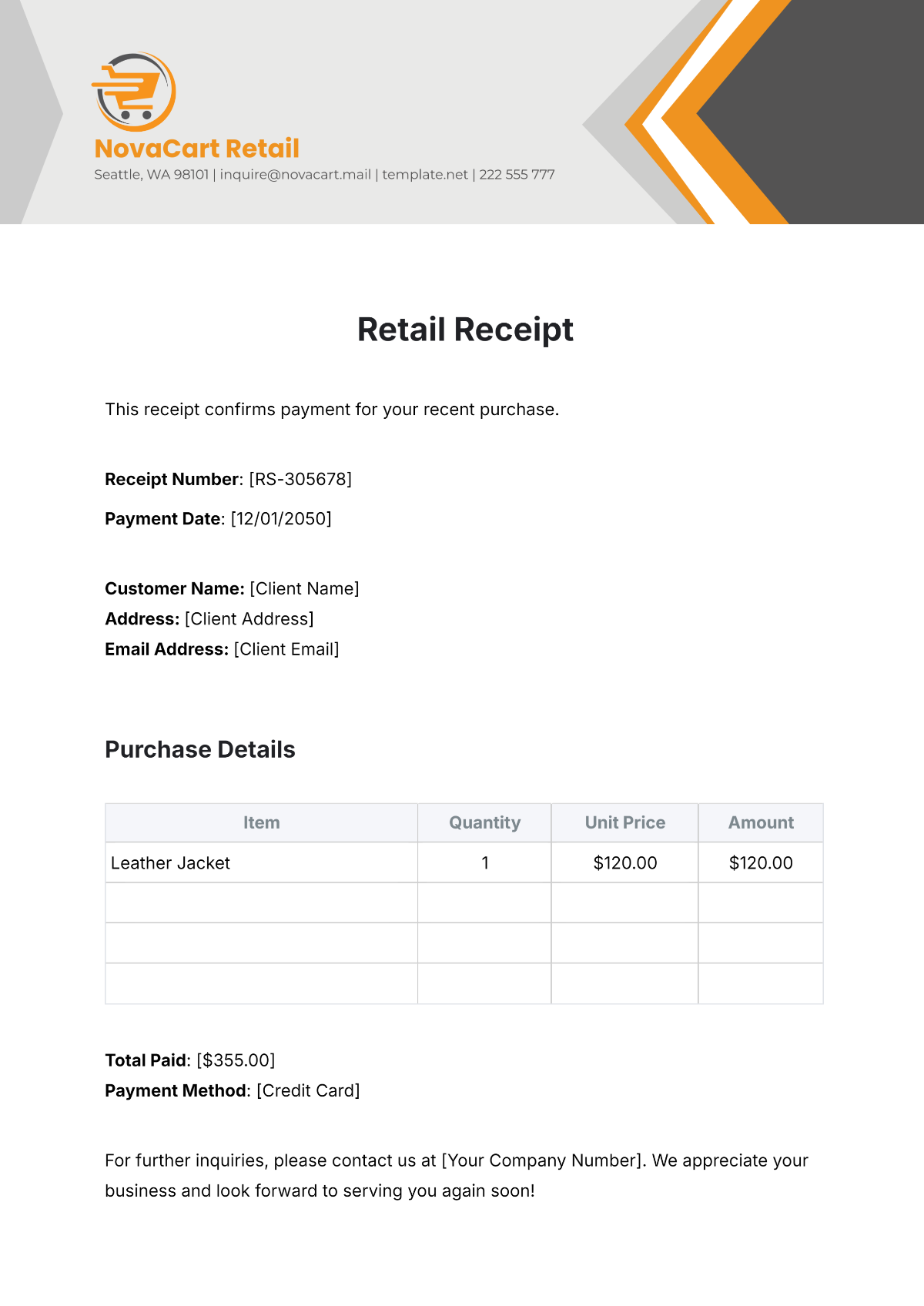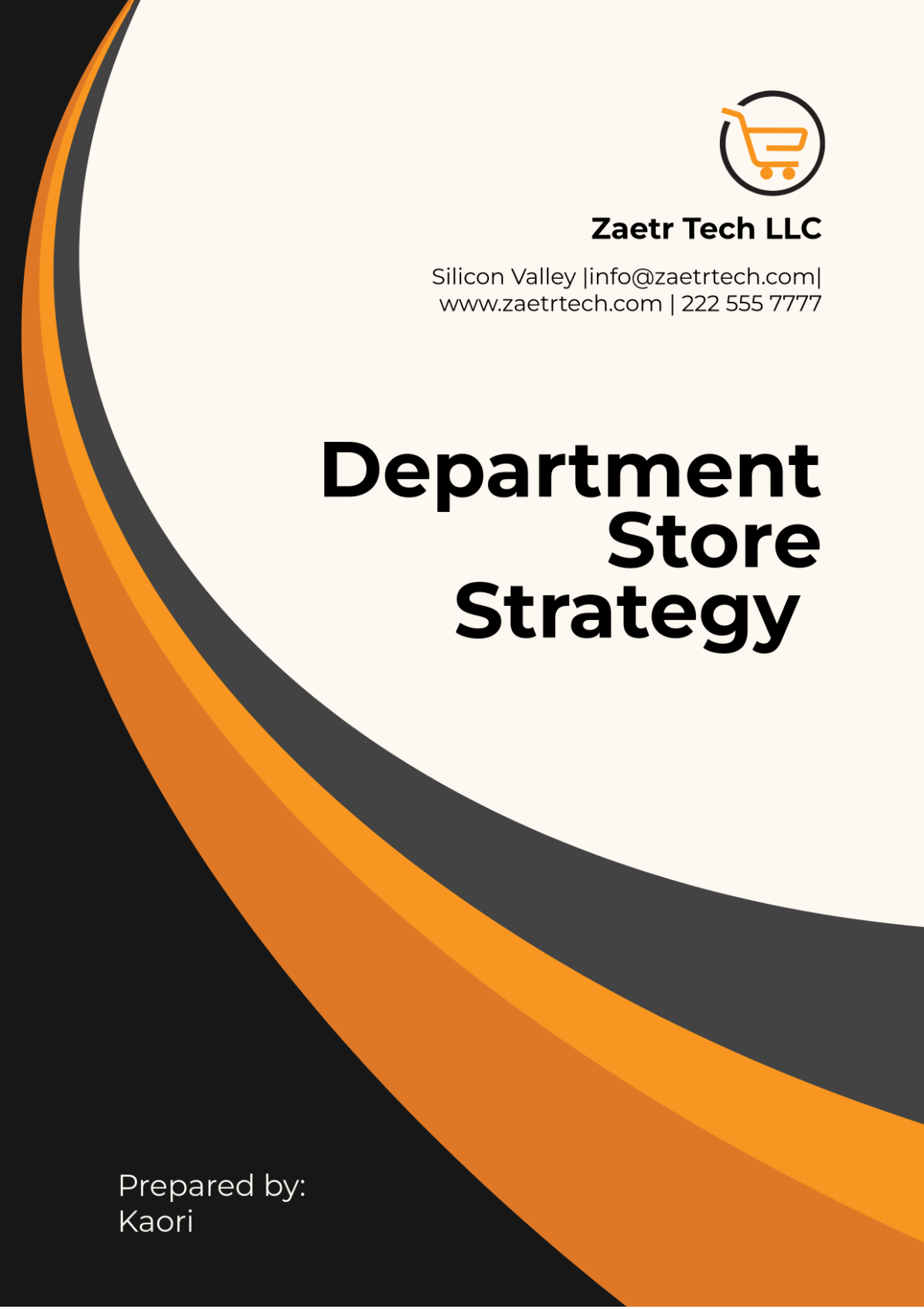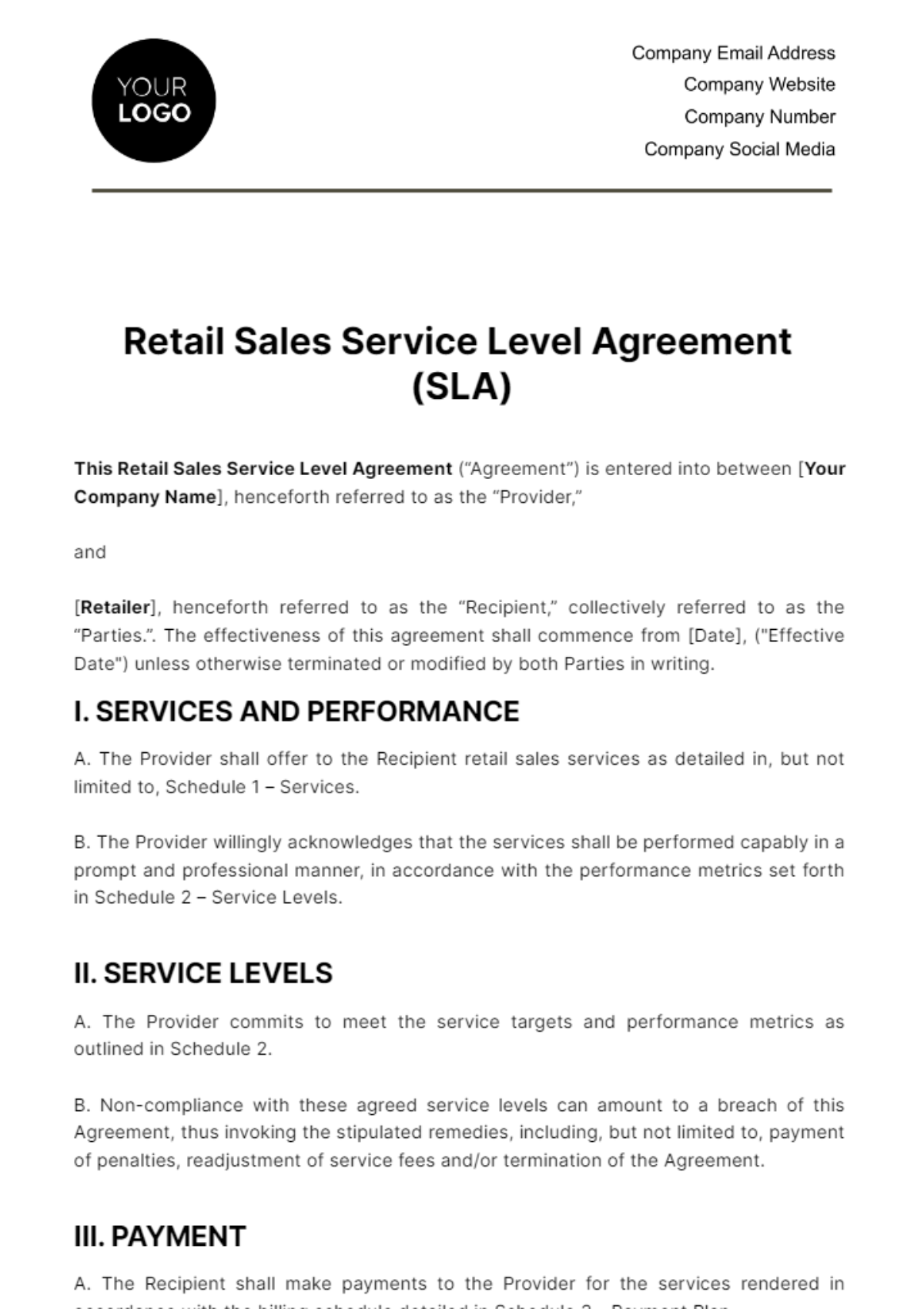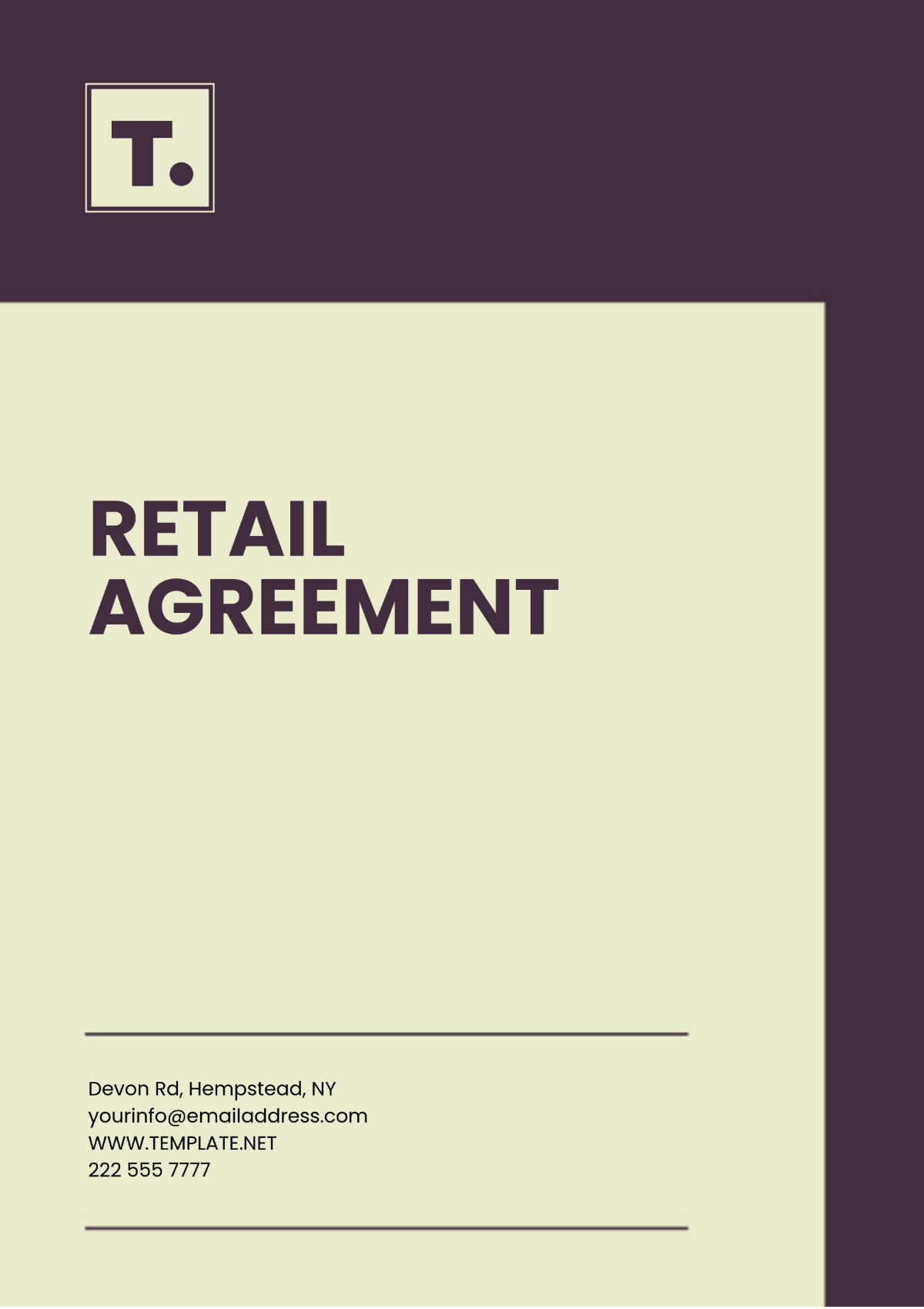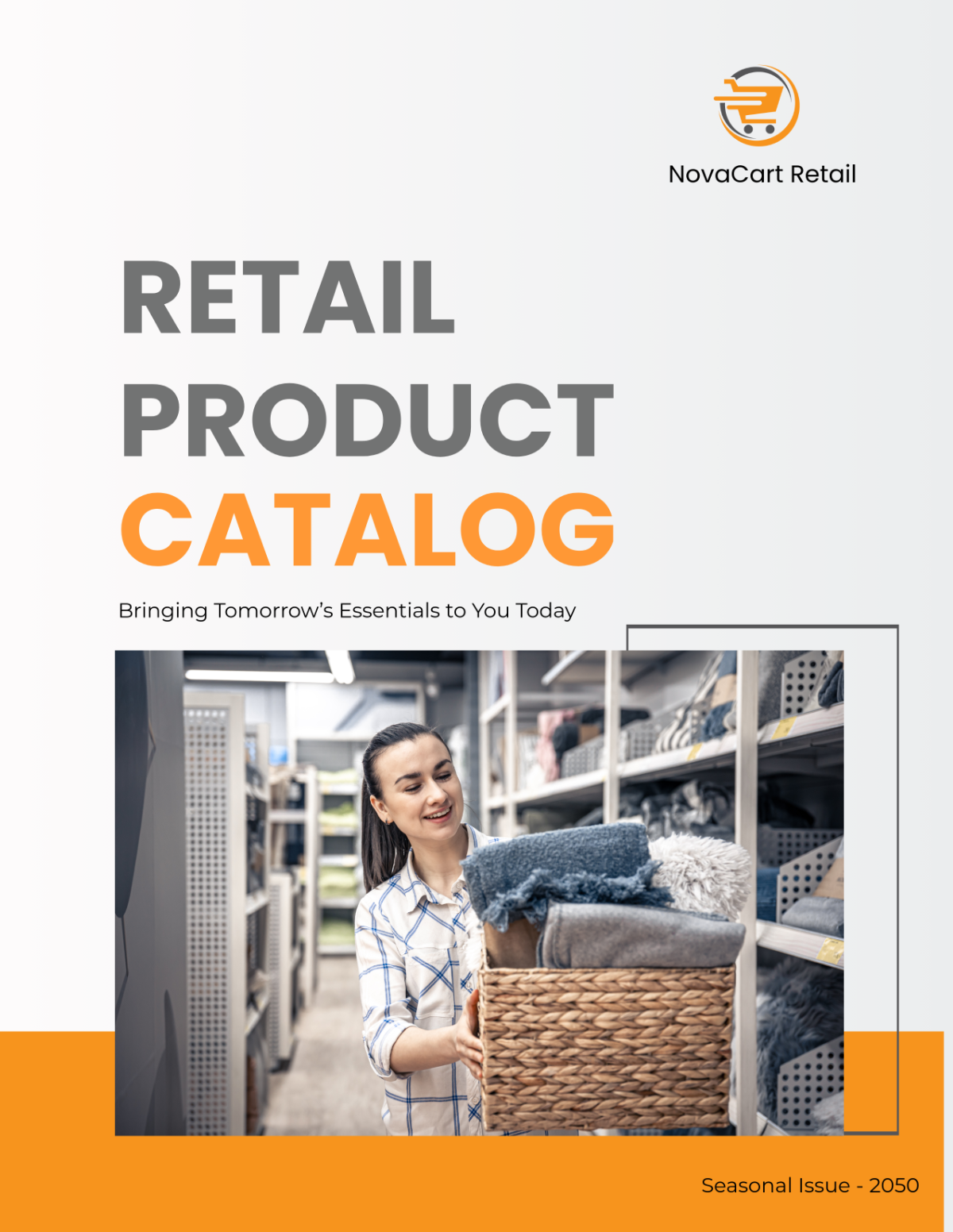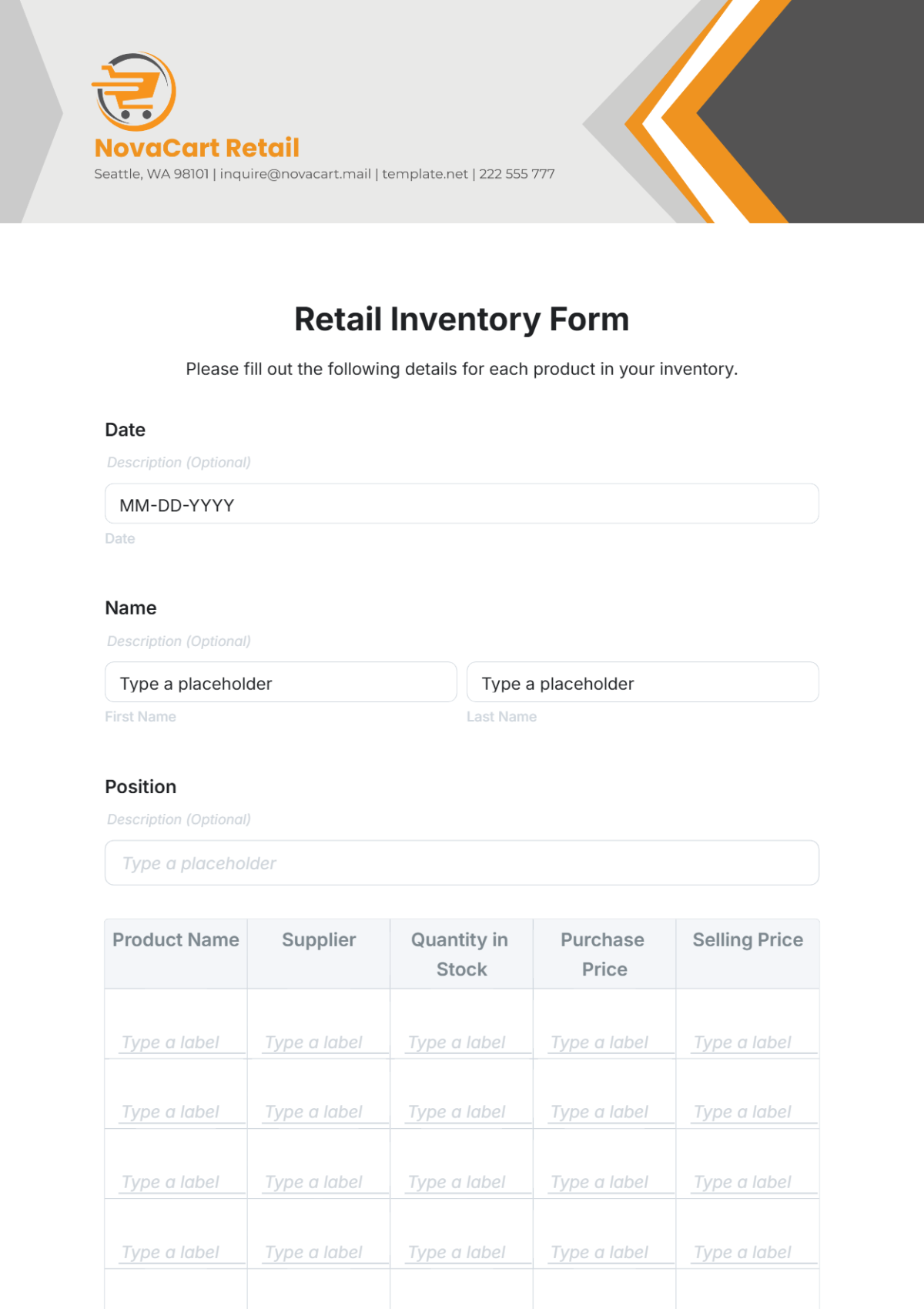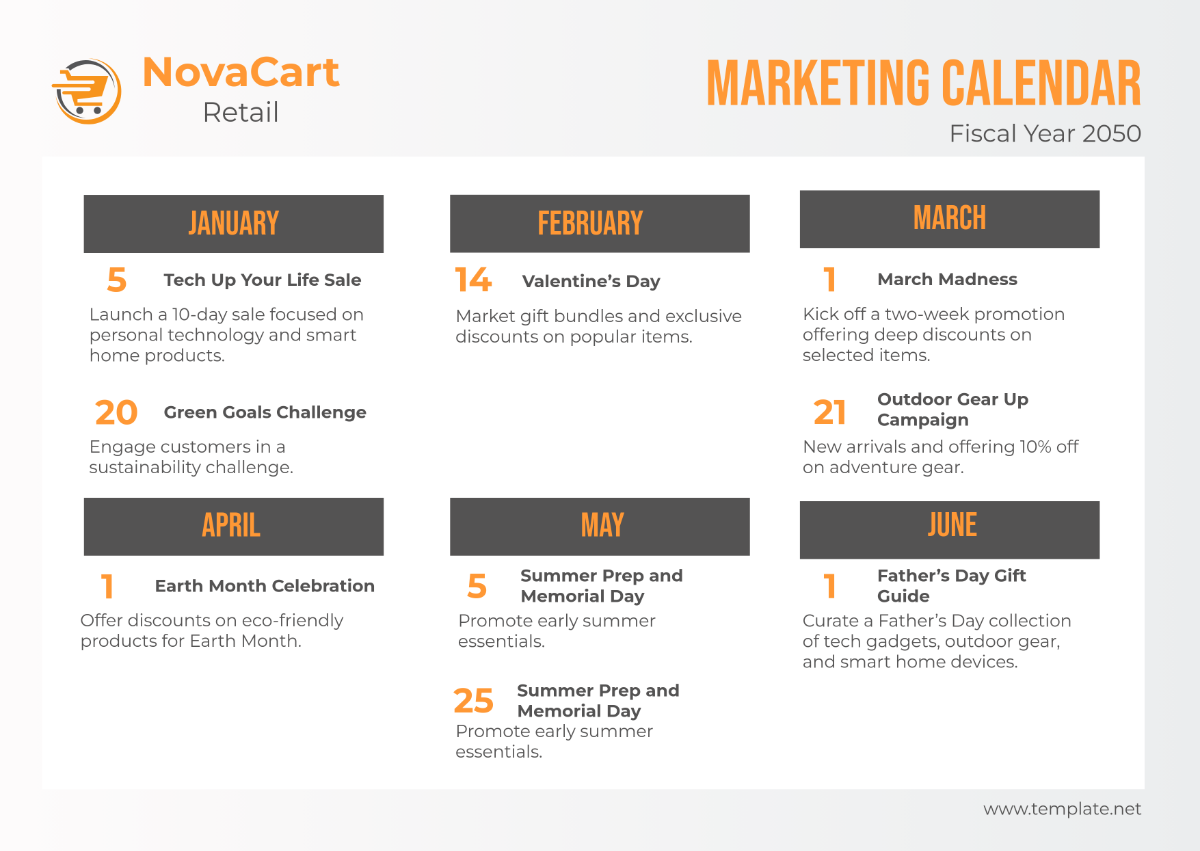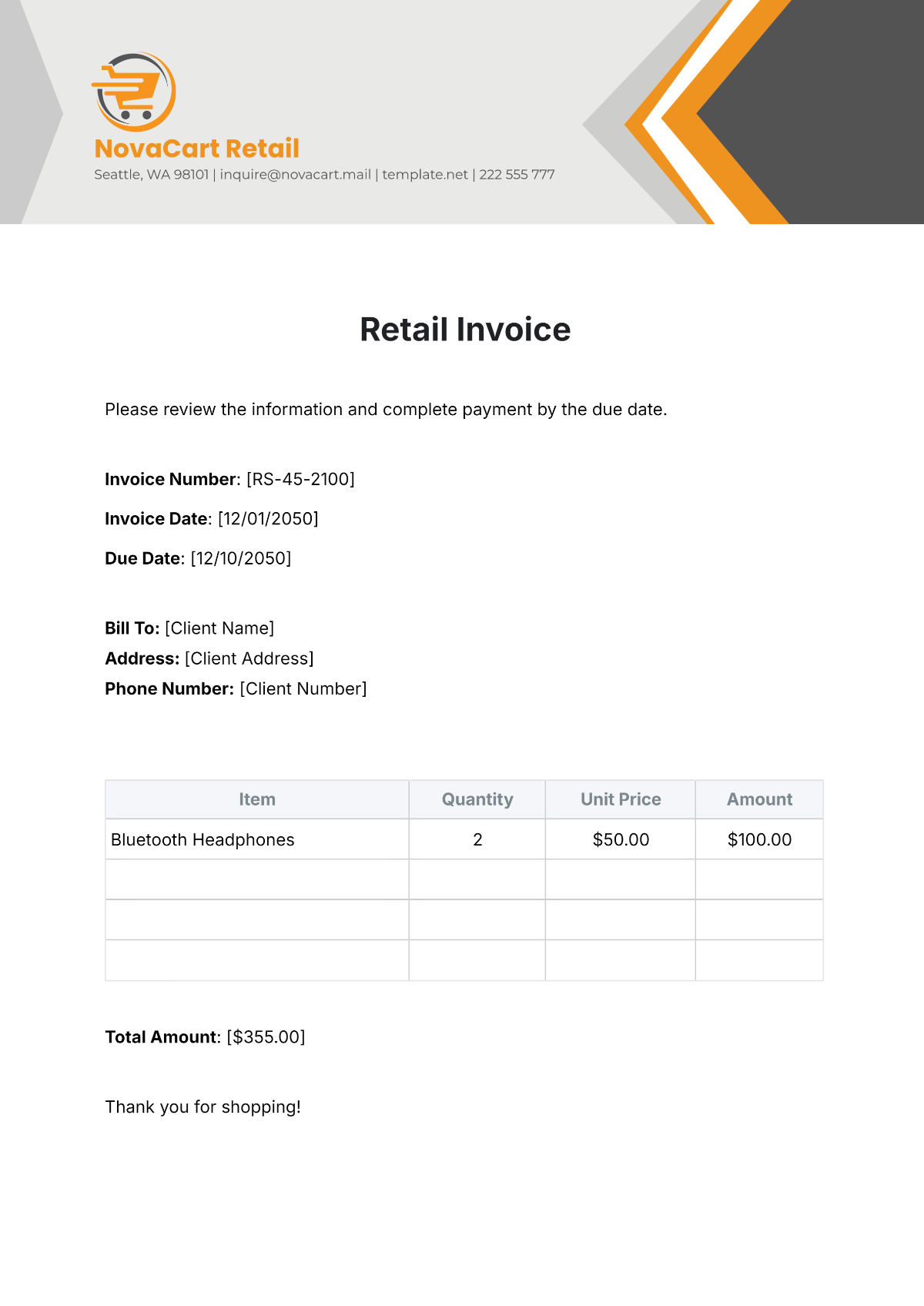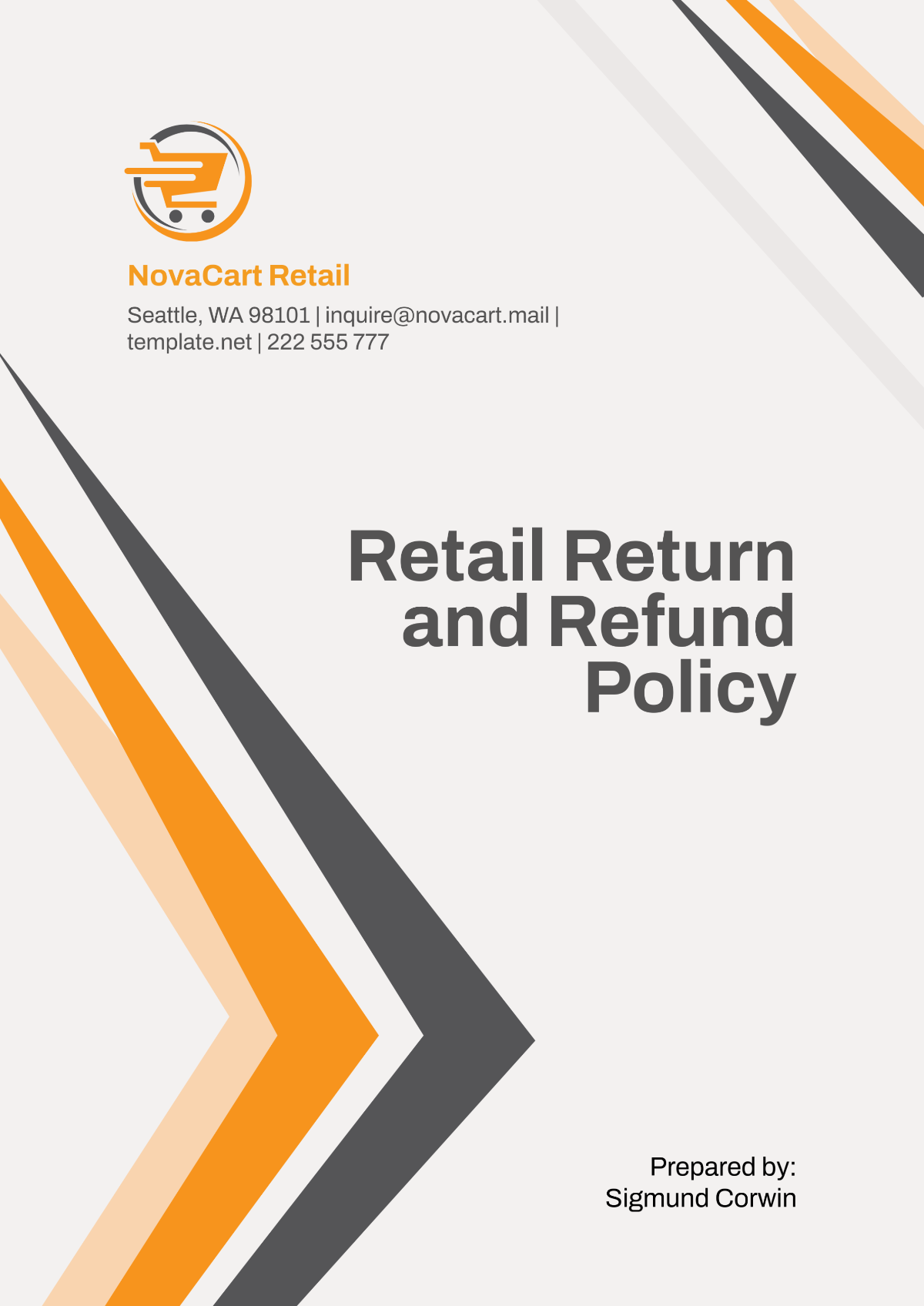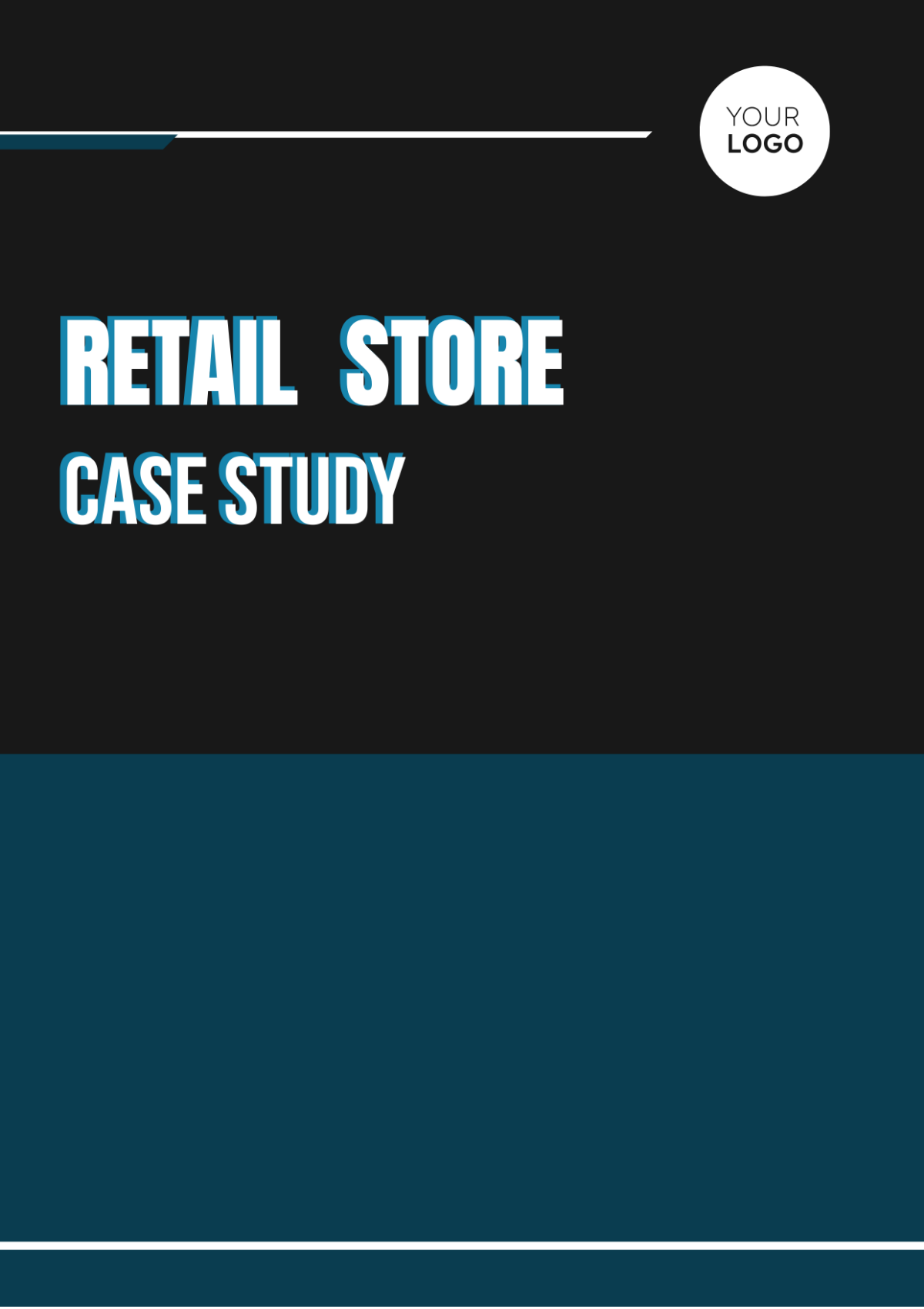Retail Store Case Study
I. Introduction
[Insert Retailer Name] is a leading retail chain known for its innovative strategies and commitment to providing exceptional customer experiences. With [number] stores located across [regions/countries], [Retailer Name] caters to a diverse customer base with varying preferences and needs.
II. Objectives
Implement strategies to elevate the customer experience through innovative in-store displays, personalized recommendations, and knowledgeable customer service.
Optimize inventory management systems to minimize overstocking and stockouts, ensuring product availability while reducing operational inefficiencies.
Commit to sustainability initiatives, such as eco-friendly packaging and energy-efficient store designs, to align with consumer preferences and enhance the brand's reputation as a socially responsible business.
III. Background
Established in [year], [Retailer Name] was founded on the principles of quality, affordability, and customer-centricity. Its mission is to redefine the retail landscape by continuously adapting to changing consumer trends and delivering unparalleled value to shoppers.
IV. Problem Statement
Despite its success, [Retailer Name] faced challenges in maintaining its competitive edge in a rapidly evolving market. The need to enhance customer engagement, streamline operations, and stay ahead of competitors prompted the exploration of innovative retail strategies.
V. Methodology
This case study employed a combination of primary research, including interviews with key stakeholders and on-site observations, and secondary research, drawing insights from industry reports and academic literature.
VI. Best Practices Identification
Customer Experience Enhancement
[Retailer Name] implemented a range of initiatives to elevate the customer experience, including the introduction of interactive in-store displays, personalized shopping recommendations based on past purchases, and dedicated customer service kiosks staffed by knowledgeable associates.
Omni-Channel Integration
Through seamless omni-channel integration, [Retailer Name] allows customers to browse products online, make purchases via its mobile app or website, and choose between home delivery or in-store pickup options. This integration enhances convenience and flexibility, catering to the preferences of modern shoppers.
Inventory Management
Employing advanced inventory management systems, [Retailer Name] optimizes stock levels to minimize overstocking and stockouts, ensuring products are available when and where customers need them. Additionally, real-time inventory tracking enables efficient order fulfillment and reduces operational inefficiencies.
Data Analytics and Insights
Utilizing sophisticated data analytics tools, [Retailer Name] analyzes customer behavior, preferences, and purchase patterns to gain actionable insights. These insights inform strategic decision-making, allowing the retailer to tailor marketing campaigns, merchandise assortments, and pricing strategies to meet evolving consumer demands effectively.
Sustainability Initiatives
[Retailer Name] is committed to sustainability, implementing initiatives such as eco-friendly packaging materials, energy-efficient store designs, and partnerships with environmentally conscious suppliers. These efforts align with consumer preferences for eco-friendly brands and contribute to the retailer's reputation as a socially responsible business.
VII. Results and Impact
As a result of these best practices, [Retailer Name] has experienced significant improvements in key performance indicators, including a [percentage] increase in sales, higher customer satisfaction ratings, and enhanced brand loyalty. These outcomes underscore the effectiveness of the retailer's strategic initiatives in driving business success.
VIII. Replicability and Adaptability
While [Retailer Name]'s strategies have proven successful, their replicability and adaptability may vary depending on factors such as market dynamics, resource availability, and competitive landscape. However, retailers can draw inspiration from [Retailer Name]'s innovative approach and tailor strategies to suit their unique circumstances.
IX. Conclusion
In conclusion, [Retailer Name] exemplifies best practices in retail through its commitment to innovation, customer-centricity, and sustainability. By continuously evolving its strategies and embracing emerging trends, [Retailer Name] remains poised for continued success in an ever-changing retail landscape.
X. Recommendations
Looking ahead, [Retailer Name] should continue investing in technology and talent to maintain its competitive edge. Moreover, exploring new avenues for growth, such as expanding into emerging markets or diversifying product offerings, can further solidify [Retailer Name]'s position as a leader in the retail industry.
XI. References
[List references here]
XII. Appendices (if applicable)
[Include any supplementary materials, such as charts, graphs, or additional data analysis, to support the findings presented in the case study.]
Prepared By:
[YOUR NAME]
[YOUR COMPANY NAME]
[DATE]
